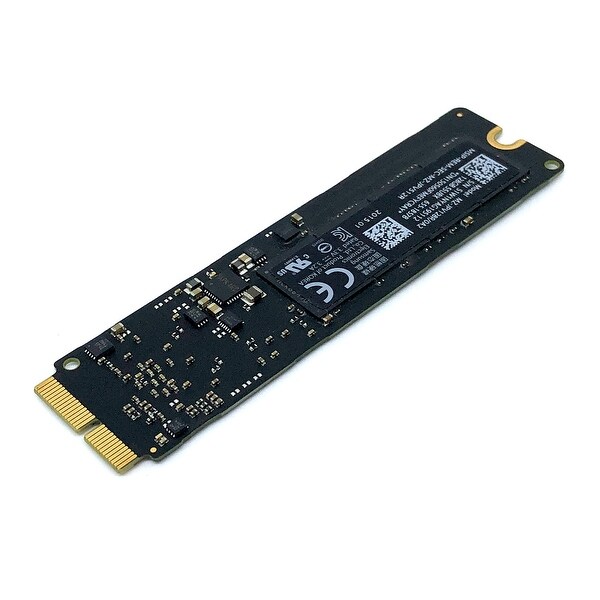

Fit your new SSD into the adapter, making sure that it’s fully inserted in the slot.Using your Torx T5 screwdriver, remove the screw securing the SSD and slide the SSD from its socket. With the battery nearest you, you should see the SSD at the rear of the motherboard, on the right.Peel up the black tape covering the battery connector and disconnect the battery from the motherboard using a plastic prying tool or your fingernail.MacBook Pro 13″ Lower Case screw locations Once all screws are removed, lift off the bottom plate. Turn the MacBook Pro face down on the desk and, using your Pentalobe screwdriver, carefully remove the screws on the bottom.Create a bootable USB installer of macOS following these instructions from Apple.

You can copy this back to the new drive after installing macOS. This ensures that the EFI firmware in your Mac is updated to the latest version with NVMe support.Īlso, to be safe, make a backup of your data and important files to an external drive. Make sure that you have upgraded your Mac to Mojave or later with the original drive installed before beginning.

Original Apple drives are almost impossible to buy new, so you’re limited to buying used drives on sites like Ebay for inflated prices. They can be bought everywhere online or in IT stores. NVMe drives are much easier to source.Many of the current NVMe drives are faster than the stock Apple drives that shipped in the MacBook Pro.macOS versions from Mojave and later support NVMe drives as boot device in MacBook Pro models released from late 2013 to 2015 and MacBook Air models from 2013 to 2017. Original Apple SSD’s for the MacBook Pro and MacBook Air are very expensive, especially compared to the price of standard NVMe SSD’s designed for Windows PC’s.


 0 kommentar(er)
0 kommentar(er)
